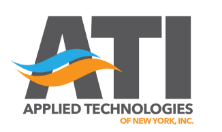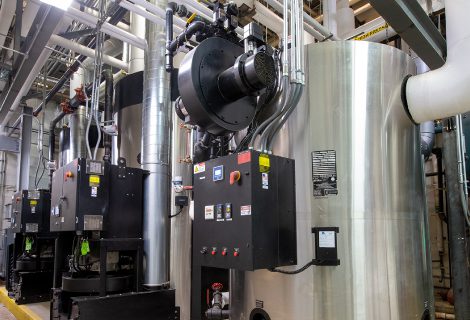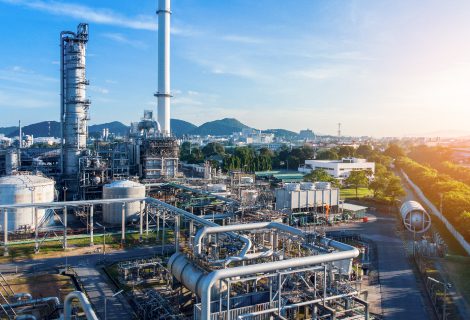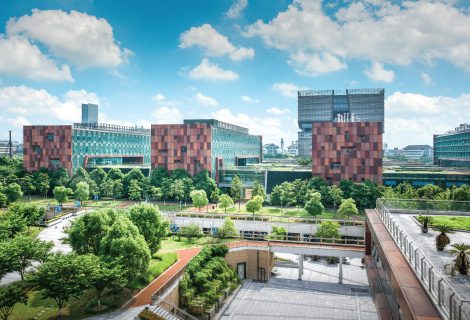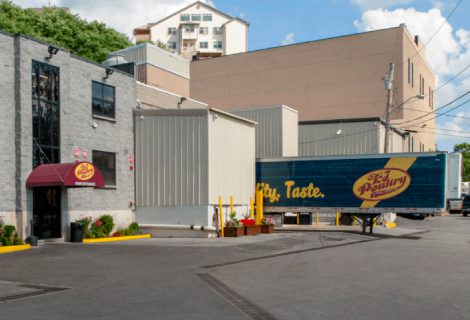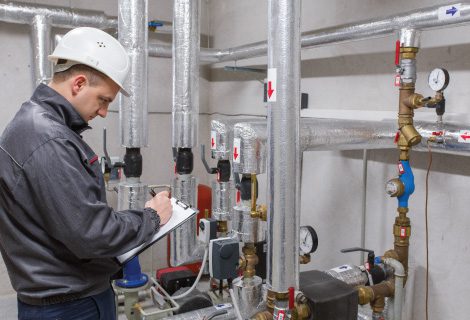Achieve sustainability and emission compliance goals with alternative fuels and advanced technologies – NYREJ news article
Building owners and operators across New York are now faced with the need to comply with a host of new emission regulations coming from federal, state, and local governments. There are also industry standards and guidelines intended to reduce CO2 emissions, for example:
- The Intergovernmental Panel on Climate Change’s (IPCC) guidelines regarding biodiesel as a fuel source of industrial burners and boilers,
- Underwriters Laboratories (UL) recently updated UL 296 standard to include liquid-fuel-fired burners intended for use with biodiesel blends of 20% to 100% (i.e.,B20 B100) with heating oil, and
- ASTM International’s ASTM D6751 and D7467 which apply to the use of alternative fuels.
On a more local level, building owner/operators must comply with New York City’s Local Law 97 and 470-A legislation. Local Law 97 which takes effect in 2024 and with property reporting requirements beginning in 2025. It requires most buildings over 25,000 s/f to meet new energy efficiency and greenhouse gas emission limits by 2024.
By the end of 2030, it will require these buildings to achieve a 40% reduction in their greenhouse gas emissions, and net-zero emissions by 2050. The 470-A legislation will phase out fuel oil No. 4 to improve air quality and public health by reducing CO2, nitrogen oxide and sulfur oxide emissions. To comply with these and other emission reduction regulations, building owners/operators should be using both alternative fuels and today’s new technologies.
From Bio-Fuels to Hydrogen Blends
To reduce our reliance on fossil fuels and support clean air goals, alternative fuels can be used in building heating systems. Alternatives include biofuels, low emission natural gas, and hydrogen blends. While natural gas is a finite resource, biofuels are a renewable fuel produced from natural sustainable resources. Biodiesel, for example, is derived from vegetable oil, animal fats and non-edible raw materials. It is a cleaner-burning alternative to diesel fuel. Biofuels and hydrogen blends can reduce greenhouse gas emissions significantly. Alternative fuels can be used in existing boilers, however, retrofits are required. Retrofits can be accomplished using existing boiler and heat transfer infrastructure and without incurring a huge investment. Further, by upgrading boiler systems to use biofuels, emissions can be reduced by as much as 50%.
Advanced Technologies
Along with using alternative fuels, there are new technologies to help reduce greenhouse gas emissions. For instance, there are UL-approved burners capable of firing hydrogen blends and low nitrogen oxide (NOx) technologies. Regarding low NOx technologies, options range from ultra-low NOx burners (700,000 – 6,100,00 BTU/HR) designed for diverse commercial/industrial applications, which rely on fully-premixed surface stabilized combustion technology to minimize NOx emissions and achieve complete combustion with minimal carbon monoxide (CO) emissions, to premix burners (300,000 – 2,200,000 BTU/HR); low NOx solutions for small to medium commercial/ industrial applications to be used with natural gas.
By deploying alternative fuels and today’s advanced technologies, building owners/operators can meet their compliance requirements, avoid hefty penalties, and achieve cost-effective, sustainable heating.
